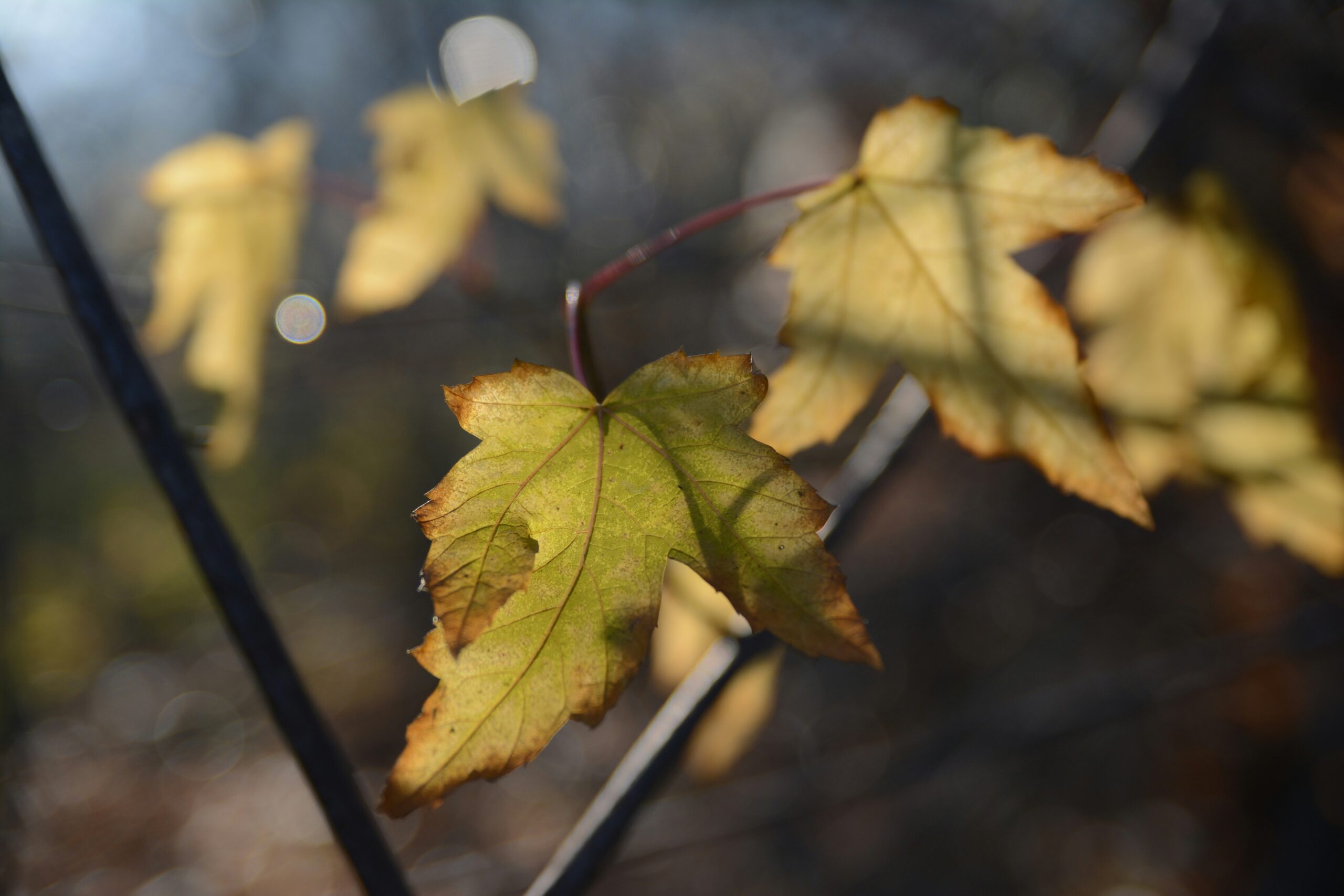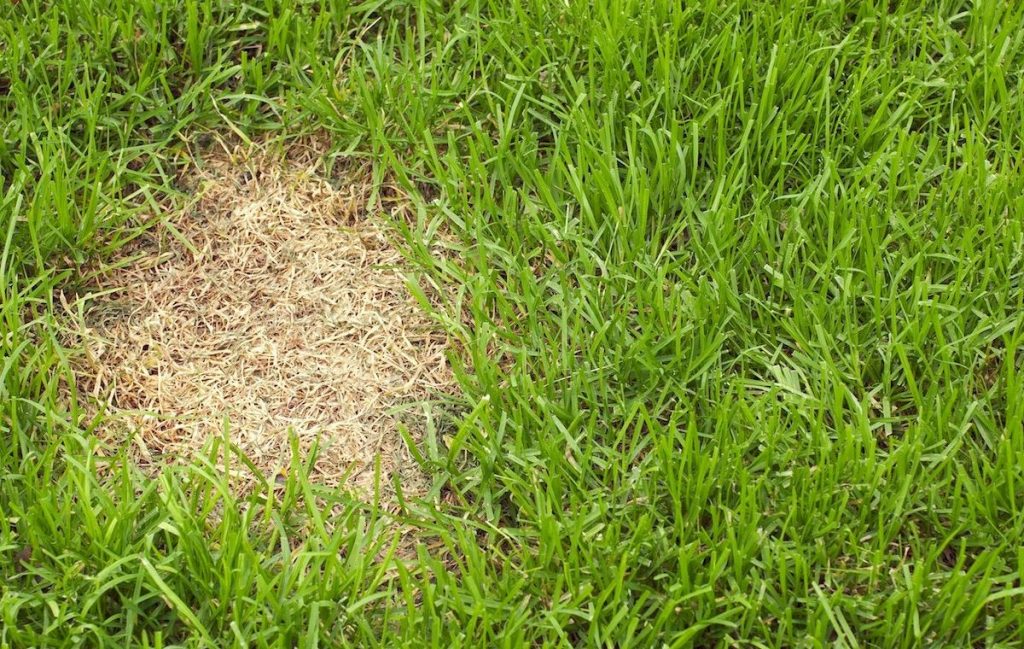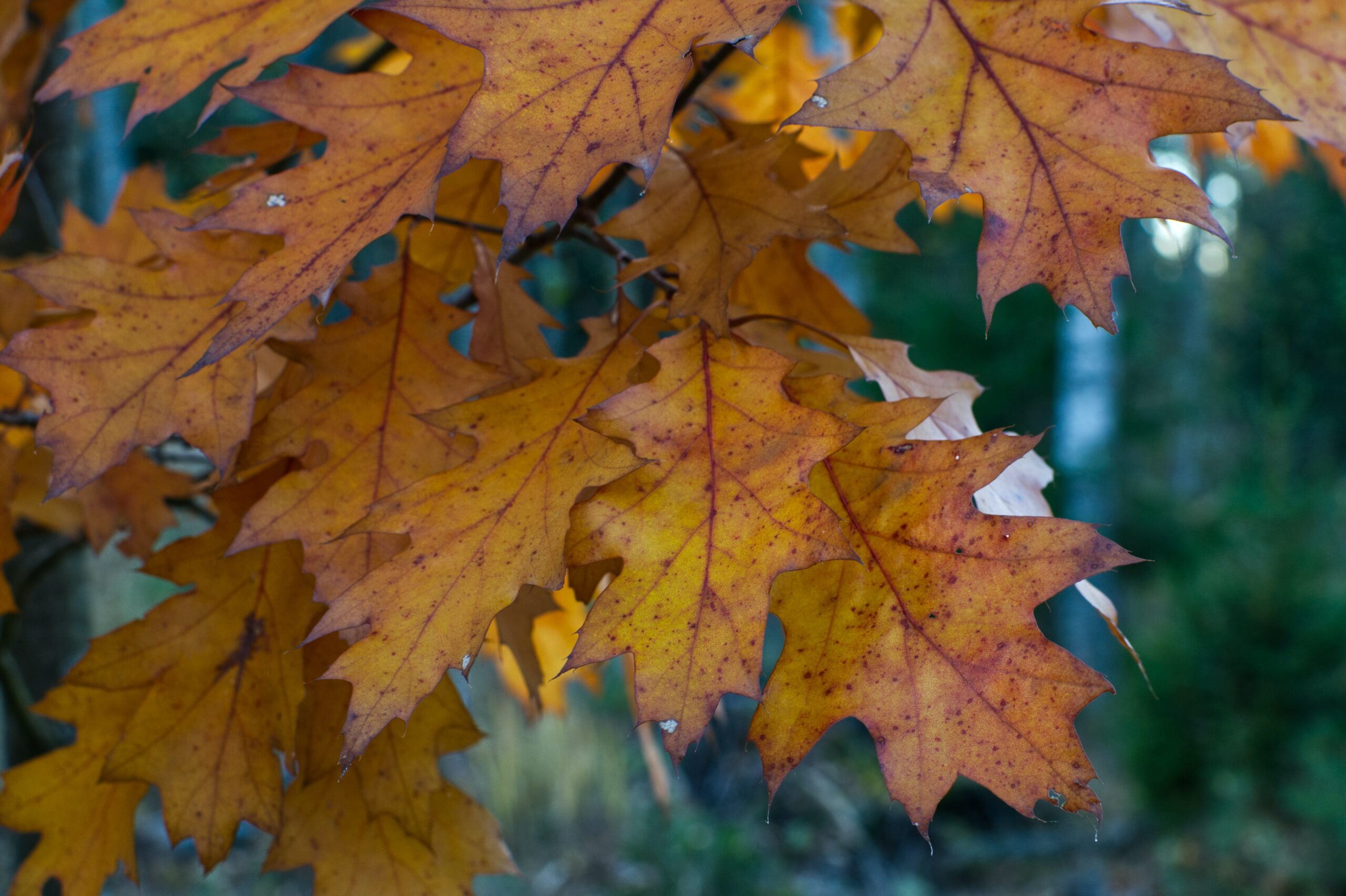
Date November 23, 2021
Category
Crepe myrtle is a small Chinese tree with pink, purple or white petals. This guide explores how to protect your crepe myrtle through the winter season.
A crepe myrtle or crape myrtle laegerstroemia indica is a small tree or shrub with a reasonably dense habit with a multi-stemmed form. The typically pink flowers have wrinkled petals that resemble crepe paper which is where the name originates from.
The foliage of the tree or shrub is a deep green that changes between orange, reds, and yellows. When the tree is young, it’s essential to ensure that it gains plenty of moisture to keep it healthy.
This tree will grow well even with limited levels of space and even tolerate drought. However, the tree must still be provided with the right level of protection through the winter months. Here are some of the critical steps that you should follow.
Pruning
If you are pruning your crepe myrtle to show off the color and form of the trunk, then it is advised that you complete this process before fall, usually by the end of August. You can guarantee that pruning won’t reduce the plant’s chances of remaining hardy against the winter weather by taking this step.
Use A Probiotic Fertilizer
It’s essential to use a probiotic fertilizer because this will ensure that you can effectively improve the strength of the roots. There are numerous fertilizers like this on the market, including Dr. Earth.
The homogenous organic fertilizer can be used for various uses, including crepe myrtle this winter. It delivers fast results while ensuring that your plant can continue to feed for numerous months. With a probiotic formula, nutrients are broken down the right way to ensure that they are absorbed to maximize their potential.
This type of fertilizer is easy to use as well. You need to sprinkle it across the soil where you have planted your crepe myrtle.
Insulation
It’s essential to ensure that your crepe myrtle is insulated from the cold. You can do this by adding a suitable layer of mulch. It’s recommended that you add as much as 6 inches of mulch to provide the most significant benefits here. It would help ensure that the mulch was at least a couple of inches away from the bark.
While it might seem as though plastic is a smart way to insulate the plant, this is not the case. The plastic helps generate more light; however, when the branches are dormant and bare over the winter, they won’t require this benefit.
Another issue with plastic is that some unusually warm days through the winter months can trap heat and cause damage. This may lead to bark damage, or it could encourage buds to come out far too early for spring, resulting in frost damage.
Wrap It Up
You should make sure that you are wrapping up your small crepe myrtle. This is advised if it is less than one year old. You can use burlap to wrap around the branches and then use straw or leaves for another layer of protection. You might also want to consider using bush jackets to cover the plant effectively. These can be reused multiple times, so they are of fantastic value.
The benefit of using burlap is that it breathes far better compared with solid coverings. You might also want to consider using commercial tree wraps.
If you are thinking about adding winter barriers to a plant like this, you might want to think about using them up the tree rather than just at the base. This will ensure that your branches are protected as well as the roots of the tree.
How To Tell If Your Crepe Myrtle Has Now Survived The Winter Chill
It’s easy to believe that a crepe myrtle has died mistakenly. The reason for this is that if the tree is exposed to a particularly harsh winter, it’s common for the top growth to die back. This can occur even if the roots are alive and well.
If this is the case, then eventually, when the weather gets warmer new shoots will ultimately emerge from the plant’s roots.
If you are concerned that the tree has died, then there are steps that you can take to check. It would help if you scratched the bark away on a couple of branches. If the branch is green underneath, then this is clear that your little tree is dormant but healthy.
If the branch is brown and brittle underneath, this is more concerning. However, old branches may die in icy winter, and new ones will take their place in the warmer weather.
Do keep in mind that it isn’t unheard of for crepe myrtles to take a little while to bloom in spring. Indeed, they can be one of the last trees to bloom after the winter winds are long behind us.
Ultimately, if you are worried about your tree, you should avoid giving up on it until at least June. It’s possible that it could still surprise you, even if it hasn’t shown any signs of life up until that point.
The good news is that recently, the rise in temperatures has improved chances for crepe myrtles even through the winter months. As such, you don’t have to worry too much about putting all the proper measures in place. However, it will still increase the chances of your beautiful tree re-emerging in the New Year.
We hope this helps you understand the key steps that you should take to protect your crepe myrtle and ensure that it remains healthy through the long winter months, ready for spring.
If you need additional support protecting and preserving your crepe myrtle, do not hesitate to contact our expert team at TreeNewal. As an ISA-certified arborist, we provide the professional advice you need.
To learn more about How To Care For Your Crepe Myrtle This Winter, call our Argyle and Southlake-based teams
at tel:(817) 592-6846 or send us a message.
We’re a little different than the average tree services company.
Learn more about TreeNewal’s ISA Certified Arborists!
Our Dallas/Fort Worth-based tree doctors can explain how sustainable tree care services add more value to your bottom line.
Healthy trees, healthy lives.








